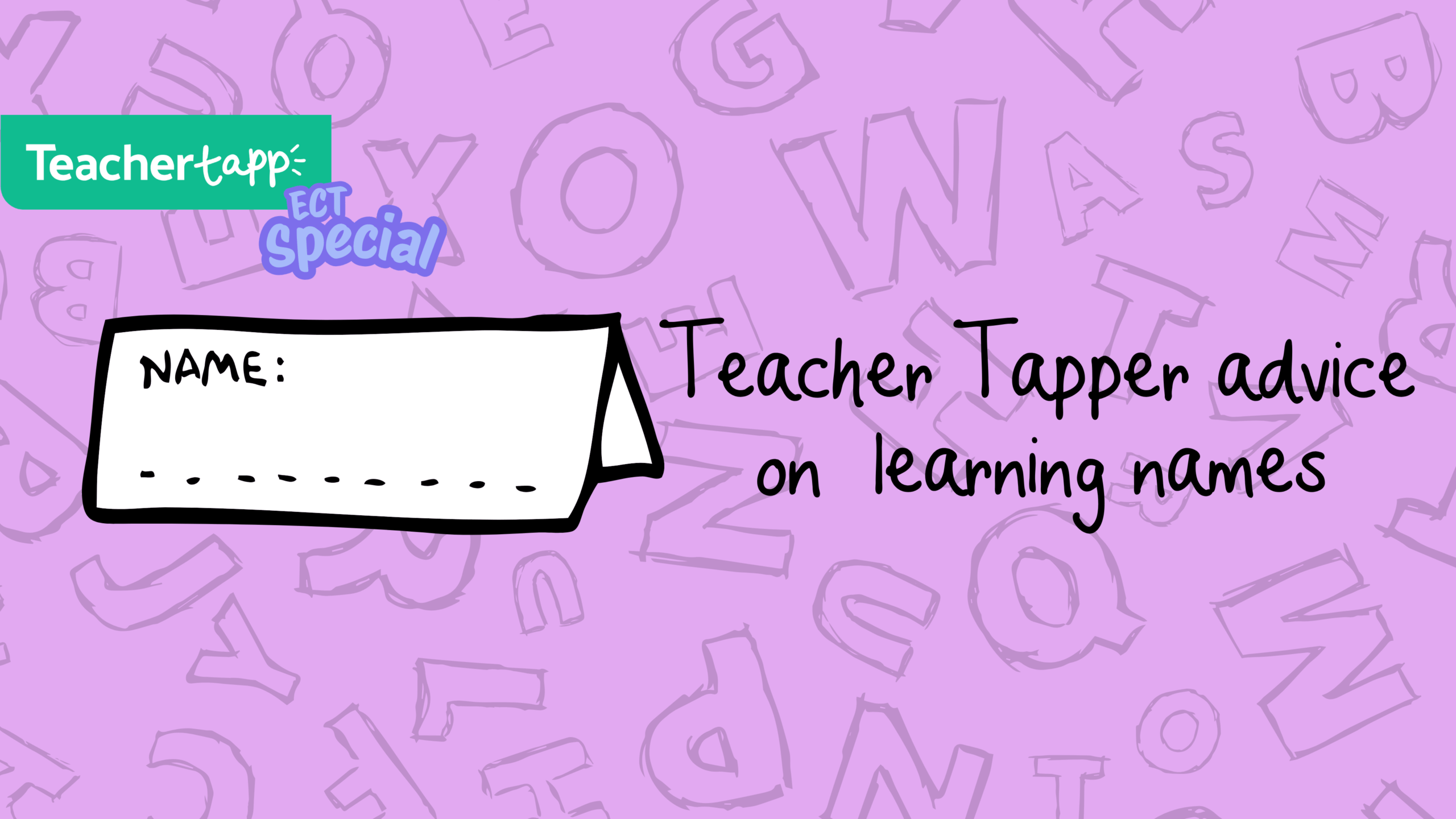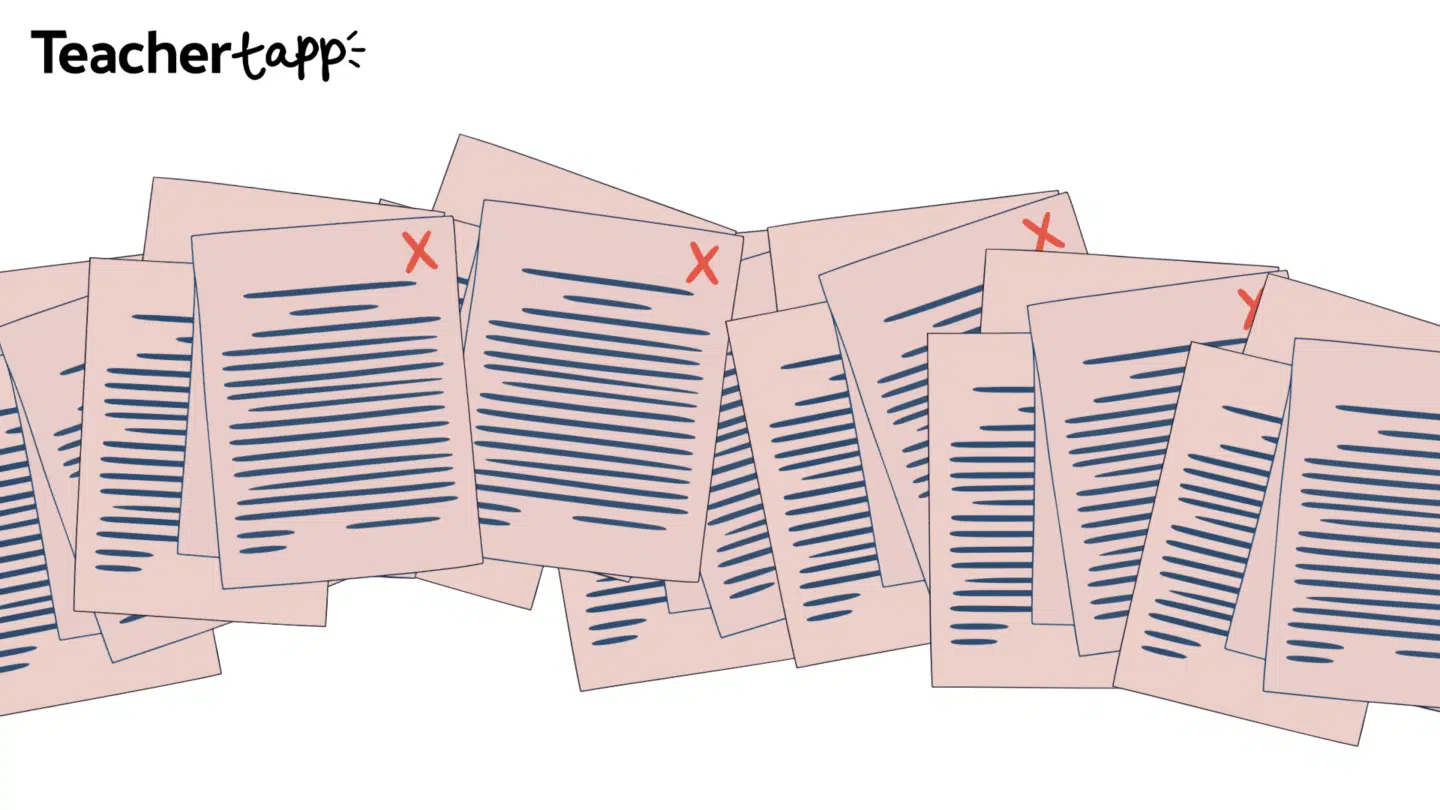Learning names quickly is one of the best ways to build trust and manage behaviour in the classroom. But when you’re starting out as an ECT, facing 30+ students per class, it can feel like a mountain to climb.
The good news is that LOADS of teachers (2,309 to be exact!) have shared their tried-and-tested tips on Teacher Tapp.
Here’s what they say works best:
1. Seating Plans: Your Best Friend
It’s not just a behaviour management tool – it’s a really useful aid when you’re learning names!
- “Fixed seating plan for the first few weeks at least.”
- “I always have the seating plan out on my desk and don’t change it until I’ve learned the names.”
- “Seating plan with photos in hand – absolute lifesaver.”
- “Teach with the plan in my hand for the first two weeks and cold call pupils by name.”
Some teachers even start the year alphabetically: “Alphabetical by first name means I roughly know where my J names are if I get stuck.” And in the early days, name cards can really help: “Name tents on desks are brilliant – and the kids like them too.”
2. Repetition, Repetition, Repetition
Learning names isn’t any different to learning any list of facts – for many teachers, repetition is the only way names stick.
- “Say them out loud as often as possible.”
- “During the register, I say the name, make eye contact, and repeat it – like, ‘Good morning, Fred.’ Helps it sink much quicker.”
- “Learn 5 the first lesson by repeating them constantly, then add 5 more each time.”
- “Dismiss them by name every lesson – it’s a daily drill.”
Some even turn it into a memory test: “I try to recreate the seating plan from memory at the end of every lesson.”
3. Make It Personal
Positive relationships are easier to build when you know someone’s name, and it’s easier to learn a name once you start building your positive relationship – so start linking their names to something about them.
- “Find out who likes basketball, who loves K-pop… details make them real and the names follow.”
- “Polly always has a hairband, Ellie has fabulous freckles.”
- “I rhyme names with things – or write them phonetically until they stick.”
- “I look at the SIMS register before term starts to see names with faces.”
Informal moments help too: “On the gate every morning you learn so many names.”
4. Get Pupils Involved
Learning names isn’t a job for one person – get the whole class involved!
- “Tell them to correct you if you get it wrong – it builds trust.”
- “I start the year with the ‘suitcase game’ where they say their name and something that starts with the same letter.”
- “They say their name before answering a question in the first week.”
- “I hand out all the books myself – names stick faster that way.”
5. Be Honest (It’s Hard!)
If learning names doesn’t come easily to you, don’t give yourself a hard time. Even veteran teachers say this isn’t easy.
- “I’m in my 22nd year and I still struggle.”
- “Don’t be afraid to tell pupils you’re learning and need reminding.”
- “I write any unfamiliar names phonetically in my planner.”
- “I challenge myself to know everyone by the second lesson – chocolate if I forget!”
Final Thought
There’s no single magic trick. But combining a seating plan, constant repetition, personal connections, and pupil involvement will give you the best chance of success. And remember — learning names isn’t just about memory. As one teacher put it:
“When you greet a student by name, you’re saying: you matter here.”





